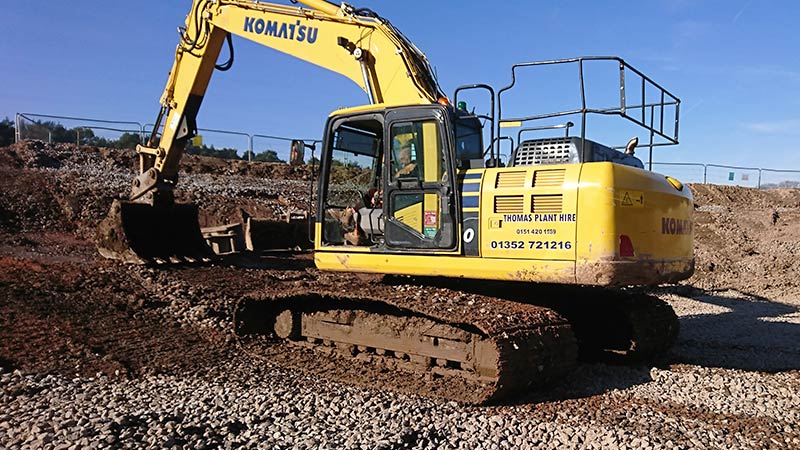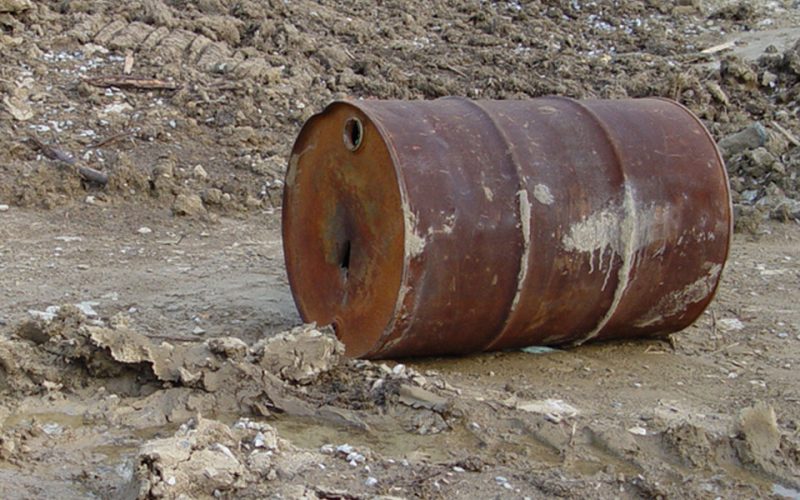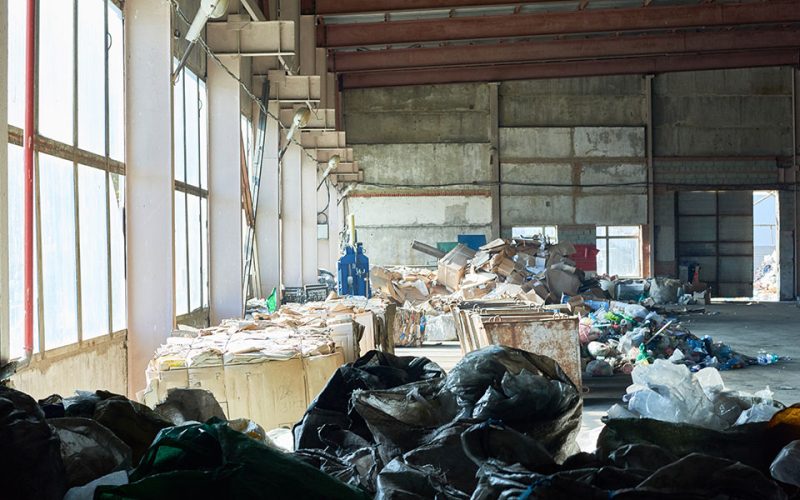This desirable brownfield site in rural Cheshire presented complex ground risks as it is situated on a large peat deposit. To facilitate residential development of the site it was necessary to remove all peat from the footprint.
Delta-Simons supported our client from initial concept through to detailed design and implementation of the enabling works. Our design involved optimisation of the masterplan and levels to ensure the maximum amount of peat could be retained on-Site (but outside the development footprint), whilst ensuring off-Site re-use of the surplus volume.
Design
Through careful design and engineering of the proposed public open space area, we were able to accommodate approximately half of the 70,000m3 of peat on-Site within a high quality greenspace. The remainder of the material was sent off-Site to be utilised in a number of restoration or soil improvement projects, avoiding landfill disposal and associated prohibitive costs.
The peat management strategy formed part of the wider materials management strategy. The peat was present beneath a variable Made Ground layer that was locally contaminated with asbestos and hydrocarbons. Clean material for the subsoil and topsoil in the residential gardens was mainly derived from on-Site sources and carefully segregated during the works for ultimate placement near completion of the housing construction.
Outcomes & Client Benefits
Delta-Simons enabled the Client to purchase and successfully develop the Site where other housebuilders had failed. This was achieved through optimising the design to maximise efficiency of materials reuse / retention and undertaking a holistic approach to resolving the interlinked contamination and geotechnical development constraints. The enabling works was successfully completed, gaining full regulatory and NHBC approval.



























